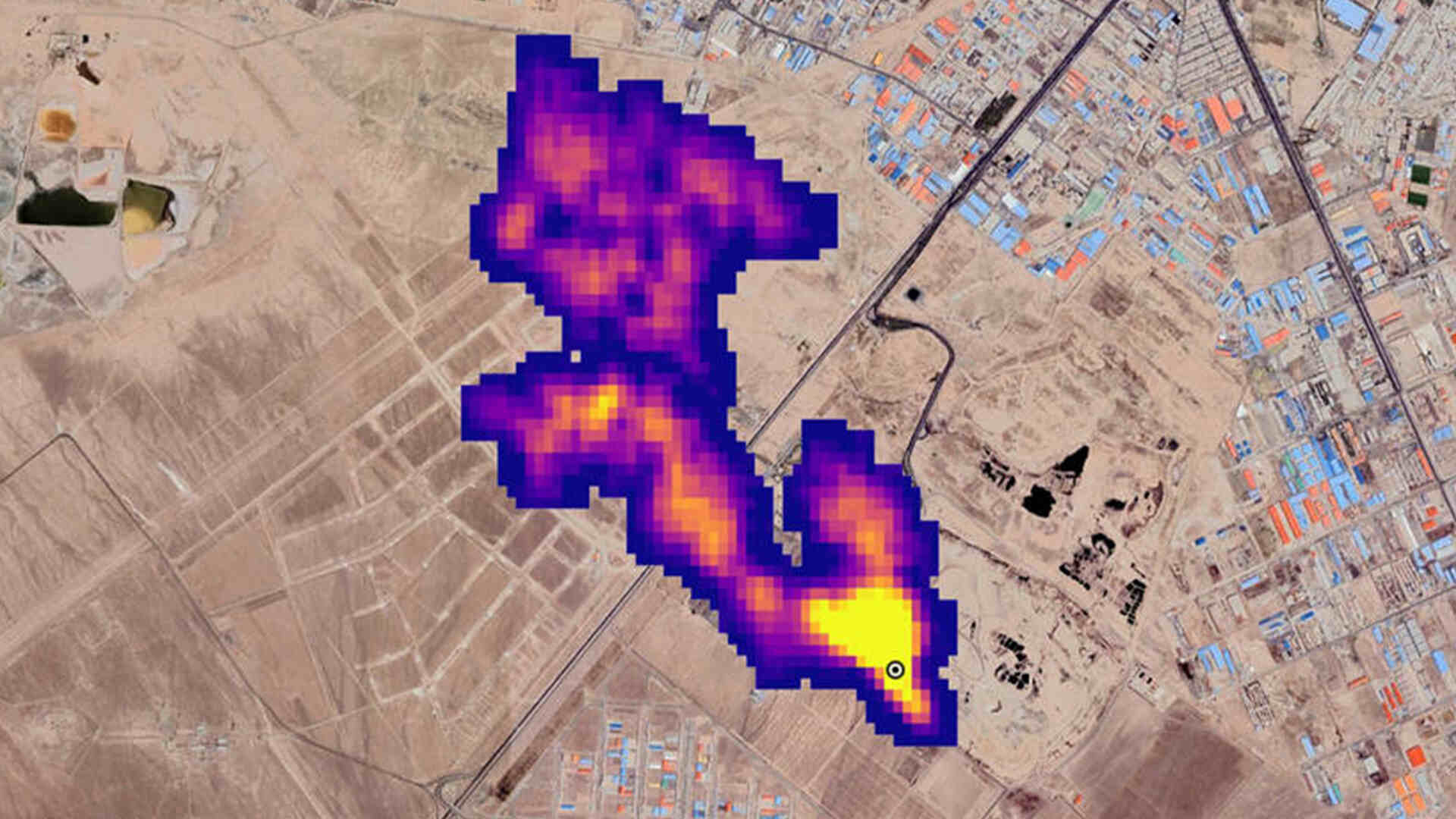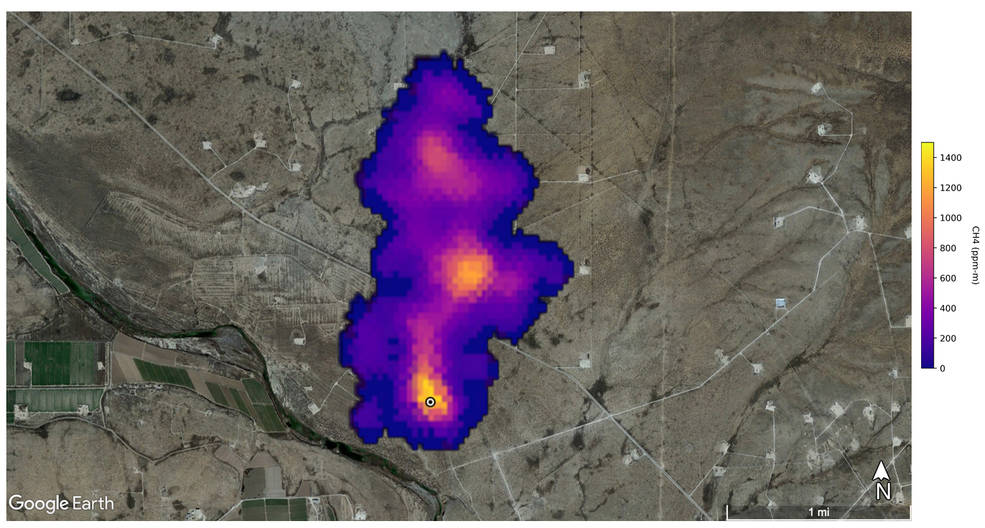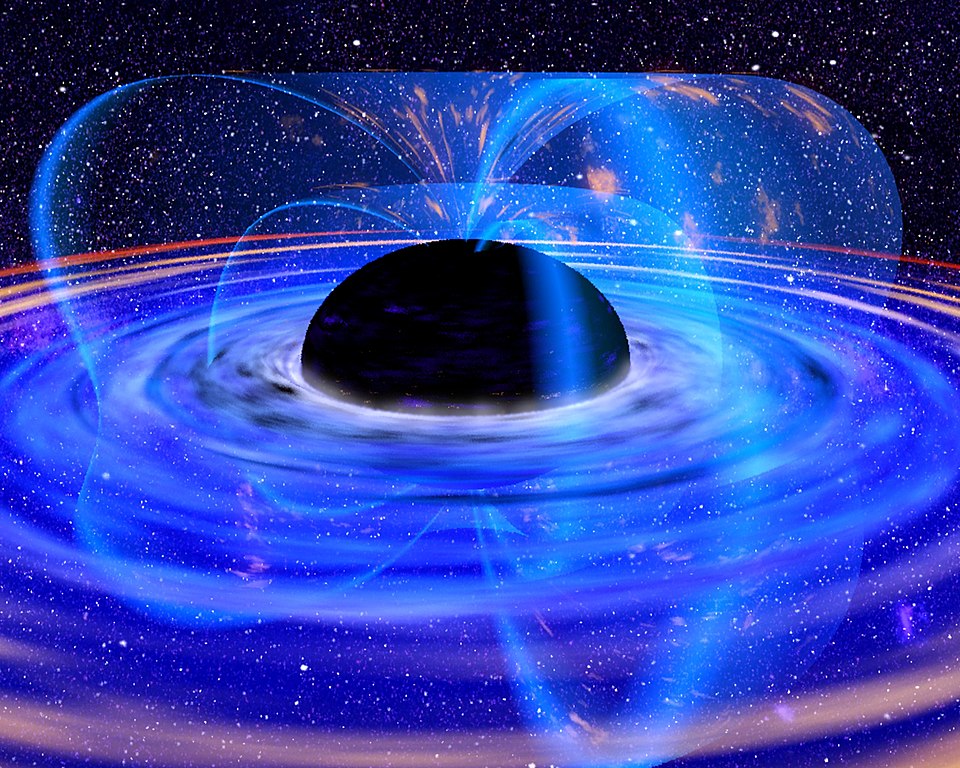NASA launched its Earth Surface Mineral Dust Source Investigation (EMIT) instrument into space in July 2022. Installed on the International Space Station, the device was designed to identify the mineral composition of dust blown into the atmosphere from Earth’s deserts and other arid regions.
EMIT went above and beyond the call of duty
Instead of focusing on airborne dust in different parts of the world and its effects on climate change, the Imaging spectrometer has also shown the ability to detect large, worldwide methane emissions.
Methane is a powerful greenhouse gas emitted by human sources, livestock, and natural sources such as wetlands. It has over 80 times the warming power of CO2 over the first 20 years after it reaches the atmosphere. At least 25% of global warming is triggered by methane from human actions.
Once it reaches the atmosphere, it acts as a blanket insulating the Earth, absorbing energy and slowing the rate at which heat leaves the planet. Thus contributing to the warming or cooling of the planet.
NASA said that its device has identified more than 50 methane “super-emitters” in Central Asia, the Middle East, and the Southwestern United States since it was installed on the International Space Station in July.

A methane plume at least 3 miles (4.8 kilometers) long billows into the atmosphere south of Tehran, Iran. (Image Credit NASA/JPL-Caltech)
Identifying methane “super-emitters” is a significant step toward limiting emissions
The “super-emitters” identified by the EMIT is producing methane at high rates. These Super-emitters are facilities, equipment, or infrastructures in the fossil fuel, waste, or agriculture sectors.
“We have been eager to see how EMIT’s mineral data will improve climate modeling,” said Kate Calvin, NASA’s chief scientist. “This additional methane-detecting capability offers a remarkable opportunity to measure and monitor greenhouse gases that contribute to climate change.”







